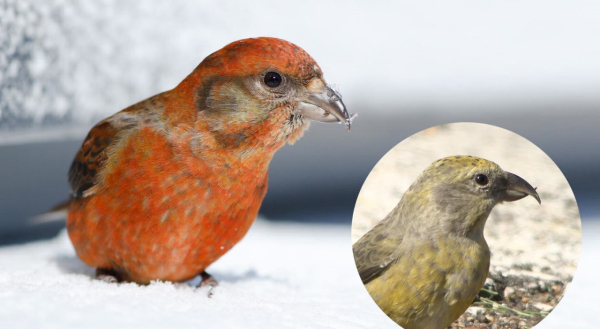Winter Finches Holiday Update



Now that you have your feeders stocked and ready for “winter finches” to appear, according to a new article that’s hot off the “electronic presses” of the American Birding Association (ABA), feeding stations in many areas are already experiencing some exciting visits by northern finches, such as Purple Finches, Pine Siskins, Evening Grosbeaks, Pine Grosbeaks, Red Crossbills, White-winged Crossbills, Hoary Redpolls, and Common Redpolls. Perhaps you are already hosting one or more of these species, as this winter’s “invasion” progresses.
Here is an update from the ABA: Birders in the eastern United States and southeastern Canada are reporting a banner year for irruptive boreal birds, including remarkable records and a “super-flight” of finches. Typically, only some of the irruptive finch species found in the East will undergo an irruption, but in super-flight years, the search for food drives representatives of all 8 species south, An enormous movement of northern finches was recorded from in late summer into fall at migration hotspots like the Tadoussac Bird Observatory in Quebec, Cape May in New Jersey, and Hawk Ridge in Duluth, Minnesota. By mid-fall, a Common Redpoll made it to Albuquerque, New Mexico; Evening Grosbeaks were spotted in the Florida Panhandle; Pine Siskins were reported in northern Mexico and into the Atlantic to Bermuda; and Hoary Redpolls visited Cleveland, Ohio.
These birds rely on the seed production (masting) cycles of trees in the core of their ranges. Entire populations of trees will synchronously produce millions seeds some years, but produce no seeds other years. Irruptive “finch” movements follow these seed cycles, but birders in the United States usually don’t see many finches in years when there is food in the boreal forest. Southward movements correspond with years of mast failure, when these birds must search for alternate foods, including seeds of ornamental plants and well-stocked bird feeders. The latter are particularly popular with Pine Siskins, Purple Finches, Evening Grosbeaks, and Common Redpolls. Read more







